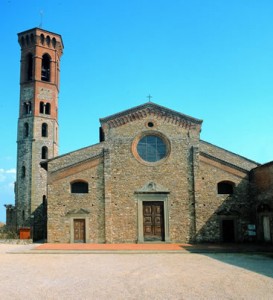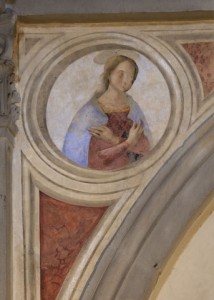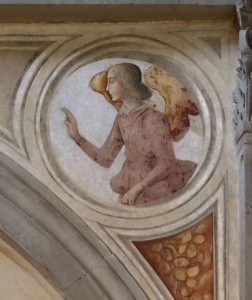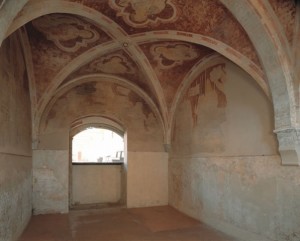The Abbey of San Salvatore e San Lorenzo is one of our national heritage’s most important monuments.
It stands near the river about 7 miles from Florence’s town centre, on the border between Florence and Lastra a Signa, and just over a kilometer and a half from the Scandicci tollbooth of the Autosole/A1 motorway. It was founded around the end of the first millennium of the Christian Age by the feudal family of the Cadolingi counts, lords of Borgonuovo (the present-day Fucecchio). However, monastic life had already been present there since the late Lombard period, on an island among marshes that had, at one time, been the seat of a pagan cult.
In the Romanesque period, the Cadolingi family sent for the Cluniac monks from France. in the 11th century, Saint John Gualbert’s Vallombrosans were summoned by Guglielmo, known as Bulgaro, a member of the Cadolingi family, the feudatories of that area, and it was during that time that Peter Igneus’s famous trial by fire took place(13 February 1068). This famous trial brought about the end of simony and the success of the reformist policy of Gregory VII (Hildebrand of Sovana).
The abbey reached its greatest splendor in the 13th-17th centuries with the Cistercian monks from San Galgano of Siena, to whom Pope Gregory IX had entrusted it beginning in 1236. From Settimo, they spread throughout the Florentine area, their erudition in every field of knowledge and human activity, according to the most authentic Benedictine style. They also brought to the area the first elements of the nascent Gothic architecture.





